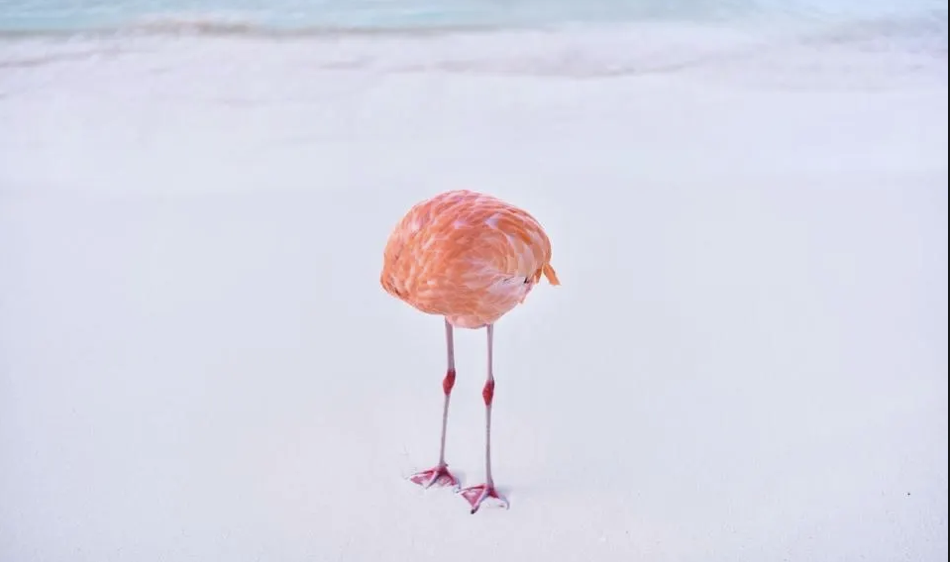Photographer Miles Astray’s Flamingo Photo Misleads AI Judges
- Real Photo Wins AI Award: Miles Astray’s photograph of a flamingo won two awards in the AI category of the 1839 Awards before being disqualified for not being AI-generated.
- Photographer’s Intentional Deception: Astray submitted the real photo to make a statement about the impact and authenticity of human-generated art in the AI-dominated world.
- Mixed Reactions and Ethical Debate: The decision to disqualify the photo sparked discussions about the ethical implications of AI in art and photography competitions.

In a surprising twist at the 1839 Awards, a photograph by Miles Astray, initially celebrated as an AI-generated masterpiece, was disqualified after it was revealed to be a genuine camera shot. Astray’s image of a flamingo, whimsically titled “Flamingone,” was awarded third place and the people’s choice award in the AI photography category, only to be stripped of its titles when the truth came to light.
Real Photo Wins AI Award
The 1839 Awards, named after a pivotal year in photography’s history, features various categories including animals, architecture, landscapes, and more. This year, photographers from 55 countries participated, showcasing their work in one of the most prestigious photography contests. Astray, driven by the rising influence of AI in the art world, entered his flamingo photograph into the AI category to challenge perceptions.
Astray’s image of a flamingo appeared almost surreal, resembling an AI-generated visual. However, he captured the shot with a Nikon D750 DSLR camera and made minimal edits in Lightroom. “I like to show the world as is,” Astray said, emphasizing his preference for authenticity in his photography.
Photographer’s Intentional Deception
The inspiration behind Astray’s entry was to highlight the ongoing debate about AI’s role in creative fields. He wanted to demonstrate that human creativity still holds significant value. “After seeing recent instances of AI-generated imagery outshining actual photos in competitions, it occurred to me that I could twist this story inside down and upside out the way only a human could and would, by submitting a real photo into an AI competition,” Astray explained on his website.
Upon learning about his win, Astray promptly informed the contest organizers that his image was not AI-generated. Despite his disqualification, Astray felt validated by the reaction and support from the 1839 Awards team. “We agree that it is an important, relevant and timely statement,” said Lily Fierman, co-founder and director of the 1839 Awards, though the organization ultimately decided to disqualify the entry in fairness to other participants.
Mixed Reactions and Ethical Debate
Astray’s actions sparked a broader conversation about the ethical implications of AI in art and photography. While some artists are excited about AI’s potential to push creative boundaries, others fear it could undermine their livelihoods and alter the nature of artistic expression.
Astray, who uses a pseudonym and travels extensively for his photography, admitted he had ethical concerns about misleading the jury. However, he hoped that his statement about AI and its ethical implications would resonate with industry professionals and the public. “I hope that winning over both the jury and the public with this picture was not just a win for me but for many creatives out there,” he said.
The 1839 Awards incident highlights the tension between human creativity and AI in the art world. As technology continues to advance, the boundaries between human and machine-generated art blur, prompting important discussions about authenticity, ethics, and the future of creative professions.
